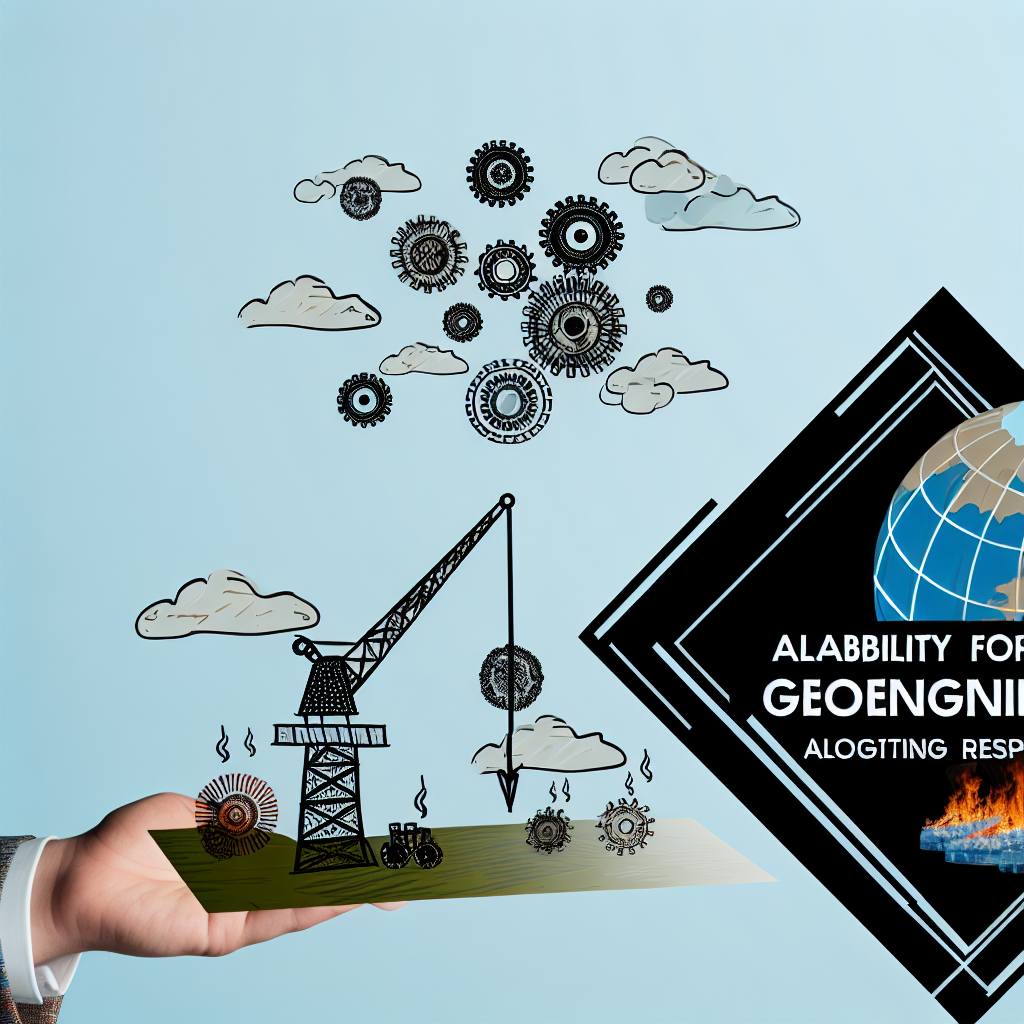
Liability for Geoengineering: Allocating Responsibility for Climate Impacts
Introduction
As climate change continues to pose significant risks to ecosystems, economies, and human health, innovative but controversial strategies like geoengineering have emerged as potential solutions. However, these strategies come with substantial legal and ethical challenges, particularly concerning liability for unintended consequences. In this article, we will delve into the complexities of allocating responsibility for climate impacts resulting from geoengineering initiatives, highlighting the legal frameworks in the U.S., U.K., and UAE. At The Consultant Global, we have the expertise and multicultural understanding to guide organizations through these intricate issues.
The Concept of Geoengineering
Geoengineering refers to large-scale interventions aimed at altering Earth’s climate system to mitigate the impacts of climate change. Techniques may include solar radiation management and carbon dioxide removal. While proponents argue that these methods could be vital in addressing climate emergencies, critics raise concerns about their unpredictability and ethical implications.
Types of Geoengineering
- Solar Radiation Management (SRM): Techniques intended to reflect a small percentage of the sun’s light and heat back into space.
- Carbon Dioxide Removal (CDR): Approaches that aim to remove CO2 from the atmosphere, such as afforestation and direct air capture.
Legal Frameworks Governing Geoengineering
The legal implications of geoengineering are still evolving, with no universally accepted framework. However, existing laws and guidelines provide a foundation for liability considerations.
U.S. Regulations
In the United States, several agencies may regulate geoengineering activities, including the Environmental Protection Agency (EPA), the National Oceanic and Atmospheric Administration (NOAA), and state-level environmental agencies. These bodies focus on environmental impacts and compliance with existing regulations.
Liability under Tort Law
Geoengineering activities could expose organizations to liability under tort law. Issues arise regarding negligence, nuisance, and strict liability. If a geoengineering project causes harm, determining whether the organization acted reasonably, the nature of consent (if any), and the foreseeability of harm could shape the liability landscape.
U.K. Regulations
The U.K. has taken a more proactive stance by establishing governance frameworks for geoengineering research and activities. The Environmental Protection Act and the Climate Change Act set standards for evaluating potential risks and benefits. Liability concerns are addressed through anticipated outcomes, with regulations requiring comprehensive risk assessments before any geoengineering project commences.
UAE Practices
In the UAE, the rapid initiatives in climate technology emphasize innovative regulatory approaches. The nation is investing in sustainable practices while exploring geoengineering as a part of its broader climate strategy. Legal liability must be navigated thoughtfully here, ensuring that international standards are adapted to local contexts.
Ethical Considerations in Allocating Responsibility
Beyond legal frameworks, ethical considerations play a significant role in geoengineering-related liabilities. The question of who ultimately bears the responsibility for climate impacts—governments, corporations, or individuals—remains contentious.
The “Polluter Pays” Principle
This environmental policy principle asserts that those who cause pollution should bear the costs of managing it—an idea that can be adapted for geoengineering. If geoengineering activities lead to detrimental climate consequences, the responsible parties must address the fallout.
Precautionary Principle
Many argue for a precautionary approach in geoengineering, emphasizing the need for caution in the face of uncertainty. Allocating liability based on the precautionary principle necessitates robust risk assessment frameworks to determine responsibility prior to launch.
Mechanisms for Liability Allocation
To navigate the complexities of liability for geoengineering, several mechanisms can be established to delineate responsibility clearly.
Insurance Programs
One potential approach is the development of specialized insurance programs tailored for geoengineering projects. These programs could provide coverage for damages resulting from unintended consequences of such initiatives, fostering responsible innovation.
Joint Ventures and Collaborations
Collaborative efforts between governments, corporations, and research institutions can facilitate the sharing of knowledge and risks. By establishing clear contractual agreements outlining liability and responsibilities, stakeholders can better manage potential consequences.
Corporate Compliance and Geoengineering
Corporate compliance in geoengineering projects is crucial. Organizations must adhere to regulatory standards while integrating robust ethical practices to mitigate risks and ensure responsible innovation.
Adopting Best Practices
Organizations engaged in geoengineering should adopt best practices concerning risk assessments, public transparency, and stakeholder engagement. This commitment not only helps in understanding potential liabilities but also enhances public trust.
Compliance Programs
Implementing effective compliance programs is vital to address the multifaceted challenges of geoengineering. These programs should encompass clear policies defining liability, training for staff, and mechanisms for reporting concerns, ensuring a proactive approach to risk management.
The Role of The Consultant Global
At The Consultant Global, we specialize in providing compliance and consulting services that extend to understanding the implications of innovative practices like geoengineering. Our extensive experience across diverse cultures allows us to navigate these complex regulatory landscapes effectively, ensuring our clients are well-prepared for potential liabilities associated with climate interventions.
Uniquely Positioned in the GCC and UAE
Our company is uniquely situated in the GCC, with not only a strong grasp of local regulations but also a deep understanding of international compliance standards. Fluent in multiple languages, including English, Turkish, Azerbaijani, Russian, and French, we bridge communication gaps and foster collaboration among stakeholders from different backgrounds.
Conclusion
Allocating liability for geoengineering projects is a complex endeavor that intertwines legal, ethical, and practical considerations. As the urgency to address climate change grows, understanding the implications of geoengineering and establishing clear frameworks for responsibility is paramount. At The Consultant Global, we are dedicated to helping our clients navigate these challenges, providing the insights and support needed to implement sustainable and responsible geoengineering practices.
Staying ahead in this evolving landscape requires not only compliance with existing regulations but also a commitment to ethical standards and proactive risk management. As your trusted advisor, we invite you to reach out to The Consultant Global for guidance as you embark on the journey of responsible innovation in the face of climate change.




Leave a Reply